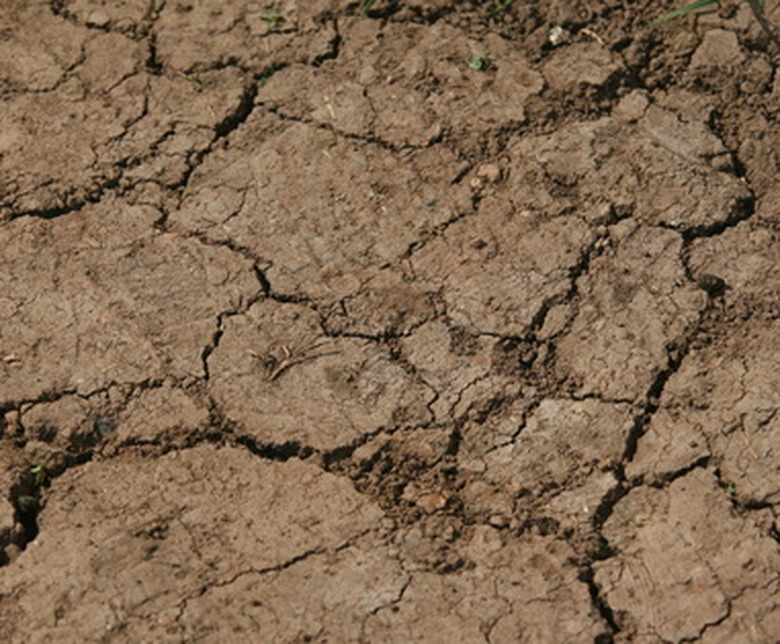How To Build A Tectonic Plate For A Science Project
Tectonic plate projects can be designed easily by creating an interesting salt map from ingredients found in most kitchens. Salt maps can be used to create lithospheric plates and tectonic plate boundaries for 3-D projects, and they provide an excellent method for projecting the theory of plate tectonics.
Prepare to Create Your Tectonic Plates
Step 1
Lay all supplies needed for the project on sheets of newspaper placed on a table.
Step 2
Sketch tectonic plates on cardboard using the marker. Tectonic plates are slabs of lithosphere, or upper crust, and do not overlap one another unless volcanoes and mountains are formed. Sketch your plates at varying distances from one another, and create some plates that are directly adjacent to one another.
Step 3
Mix salt and flour in a bowl with a spoon.
Step 4
Stir water into the mixture slowly with spoon until the solution is as thick as cake icing.
Step 5
Separate the mixture into three bowls.
Step 6
Add food coloring to each bowl's mixture. Add five to 10 drops of blue food coloring to one bowl, five to 10 drops of red food coloring to the second bowl and five to 10 drops of brown food coloring to the third bowl. The blue salt mixture will represent water between tectonic plates. The red salt mixture will represent magma filled cracks between tectonic plates, and the brown salt mixture will represent the tectonic plates.
Build Tectonic Plates
Step 1
Spread brown salt mixture on top of the tectonic plates you sketched on cardboard. Spread the mixture with a spoon and smooth it with a spatula.
Step 2
Apply blue salt mixture between a few tectonic plates you mapped out to represent ocean. Use the spatula to do this.
Step 3
Push red salt mixture into the remaining spaces between tectonic plates, using the spatula. The red mixture represents magma oozing from the lithosphere.
Step 4
Dry the salt map overnight in a cool, dry place.
Step 5
Label tectonic plates on the dry salt map. With black poster paint and paintbrush, label the brown land masses "tectonic plate," the blue areas "ocean" and the red areas "magma." Write "Tectonic Plate Model" on the upper middle portion of the salt map.
Things Needed
- 11-inch-by-17-inch piece of cardboard
- Marker
- 1 cup salt
- 1 cup flour
- 3 bowls
- Spoon
- 2/3 cup water
- Red, blue and brown food coloring
- Spatula
- Black poster paint
- Paintbrush
TL;DR (Too Long; Didn't Read)
Extend your project with a one- to two-page research paper about tectonic plates. Include information about mountains, volcanoes, sea-floor spreading and Pangaea.
Information about tectonic plate placement is on the University of California Museum of Paleontology's website, which is linked in the References section.
Cite This Article
MLA
Ulrich, Ana. "How To Build A Tectonic Plate For A Science Project" sciencing.com, https://www.sciencing.com/build-tectonics-plate-science-project-6018024/. 24 April 2017.
APA
Ulrich, Ana. (2017, April 24). How To Build A Tectonic Plate For A Science Project. sciencing.com. Retrieved from https://www.sciencing.com/build-tectonics-plate-science-project-6018024/
Chicago
Ulrich, Ana. How To Build A Tectonic Plate For A Science Project last modified August 30, 2022. https://www.sciencing.com/build-tectonics-plate-science-project-6018024/
